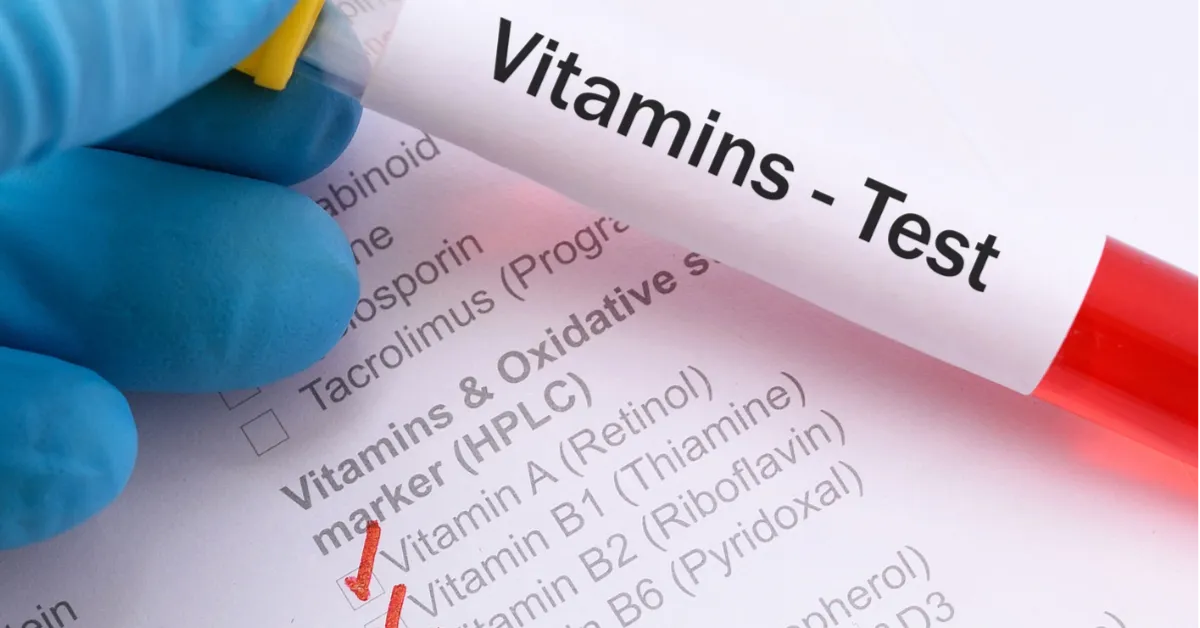EN 12823-1 Vitamin D Analysis in Milk and Milk Products
The European Standard EN 12823-1 provides a precise method for the determination of vitamin D (cholecalciferol, ergocalciferol) in milk and milk products. This standard is crucial for ensuring product quality and regulatory compliance, particularly relevant to industries such as dairy, nutritional supplements, and pharmaceuticals.
Vitamin D plays a vital role in calcium absorption, bone health, and immune function. Its presence in milk and milk-based products is of significant importance due to its nutritional value. Compliance with this standard ensures that the vitamin content meets specified limits, which are critical for maintaining consumer confidence and regulatory standards.
The method described in EN 12823-1 utilizes high-performance liquid chromatography (HPLC) coupled with ultraviolet-visible spectroscopy (UV-VIS) detection. This technique is capable of detecting both ergocalciferol and cholecalciferol, ensuring accurate quantification. The process involves several steps: sample preparation, extraction, purification, and analysis.
Sample preparation typically includes homogenization to ensure uniformity across the sample matrix. Extraction can be performed using solvents like ethyl acetate or dichloromethane. Purification often employs solid-phase extraction (SPE) cartridges to isolate the vitamins from interfering components in milk.
The analysis itself involves injecting the prepared extract into an HPLC column, where the vitamins are separated based on their retention times. Detection is achieved through UV-VIS spectroscopy, which measures absorbance at specific wavelengths characteristic of vitamin D compounds.
Acceptance criteria for this test are stringent to ensure reliability and precision. The standard specifies tolerances within which results must fall to be considered compliant with EN 12823-1. These limits vary depending on the type of milk or milk product being analyzed, reflecting regional dietary recommendations and nutritional standards.
The importance of this method extends beyond mere compliance; it also supports quality control efforts by identifying potential contamination issues early in the production process. Quality managers can use these results to ensure that products meet not only regulatory requirements but also exceed expectations set by nutritionists and healthcare professionals.
Compliance with EN 12823-1 is increasingly becoming a benchmark for manufacturers aiming to enter competitive markets where consumer awareness of nutritional content is growing. By adhering strictly to this standard, companies demonstrate their commitment to producing safe, high-quality products that contribute positively to public health.
Why Choose This Test
Selecting the EN 12823-1 vitamin D analysis method offers several advantages over alternative testing approaches. Firstly, it provides a standardized approach that ensures consistency and repeatability across different laboratories. This standardization is essential for maintaining uniformity in results, which can vary significantly between unregulated methods.
Secondly, the HPLC coupled with UV-VIS detection used in this method offers superior sensitivity and selectivity compared to simpler techniques like colorimetric assays or immunoassays. This heightened accuracy ensures that even trace amounts of vitamin D are reliably detected.
A third advantage lies in its robustness against matrix effects common in complex samples such as milk. The combination of extraction, purification steps, and advanced chromatographic separation allows for accurate quantification despite the presence of other compounds.
For compliance officers, choosing this test simplifies regulatory reporting since it aligns perfectly with international standards like EN 12823-1. This alignment reduces the risk of non-compliance penalties while enhancing brand reputation through transparent quality assurance practices.
R&D engineers benefit from using a method that allows them to explore optimal production conditions without compromising on safety or efficacy. They can fine-tune processes knowing they are working within established parameters set by this standard.
Lastly, for procurement teams dealing with suppliers of raw materials like milk powder or whey protein concentrate, ensuring compliance with EN 12823-1 helps maintain consistent quality across batches and suppliers. This reduces the risk of receiving substandard materials that could negatively impact final product outcomes.
Competitive Advantage and Market Impact
- Enhanced Consumer Trust: Compliance with EN 12823-1 builds trust among consumers who increasingly seek transparency regarding nutritional content in food products.
- Improved Brand Reputation: Adherence to this standard sets a higher bar for product quality, distinguishing brands that prioritize safety and efficacy.
- Potential Market Expansion: Meeting these stringent requirements opens doors into new markets where regulatory compliance is paramount.
- Innovation Support: The precision offered by EN 12823-1 facilitates innovation in formulation development, allowing manufacturers to explore novel ways of enhancing nutritional profiles.
The competitive landscape for dairy and nutritional supplement companies continues to evolve rapidly. Those that can demonstrate consistent adherence to international standards like EN 12823-1 gain significant leverage over competitors who do not follow such stringent protocols. By choosing this test, businesses position themselves as leaders in quality assurance, setting a new benchmark in the market.
Use Cases and Application Examples
The EN 12823-1 vitamin D analysis method finds extensive application across various sectors including dairy processing, pharmaceuticals, dietary supplements, and nutritional research. Here are some practical examples:
- Dairy Processing: Ensuring that milk and milk products contain adequate levels of vitamin D to meet consumer demand.
- Pharma & Supplements: Verification of vitamin D content in over-the-counter medications or dietary supplements to ensure efficacy and safety.
- Nutritional Research: Studying the impact of varying levels of vitamin D on human health outcomes.
In dairy processing, precise measurement ensures that fortified milk products meet specified nutritional targets. In pharmaceuticals, accurate quantification guarantees consistent dosing in formulations. For researchers, this method provides reliable data to support claims about the benefits or risks associated with different dietary regimens.
Moreover, this test supports sustainability initiatives by helping manufacturers reduce waste and improve efficiency through better understanding of vitamin D dynamics during processing stages. It also aids in developing innovative products aimed at addressing specific nutritional needs identified through research findings.





